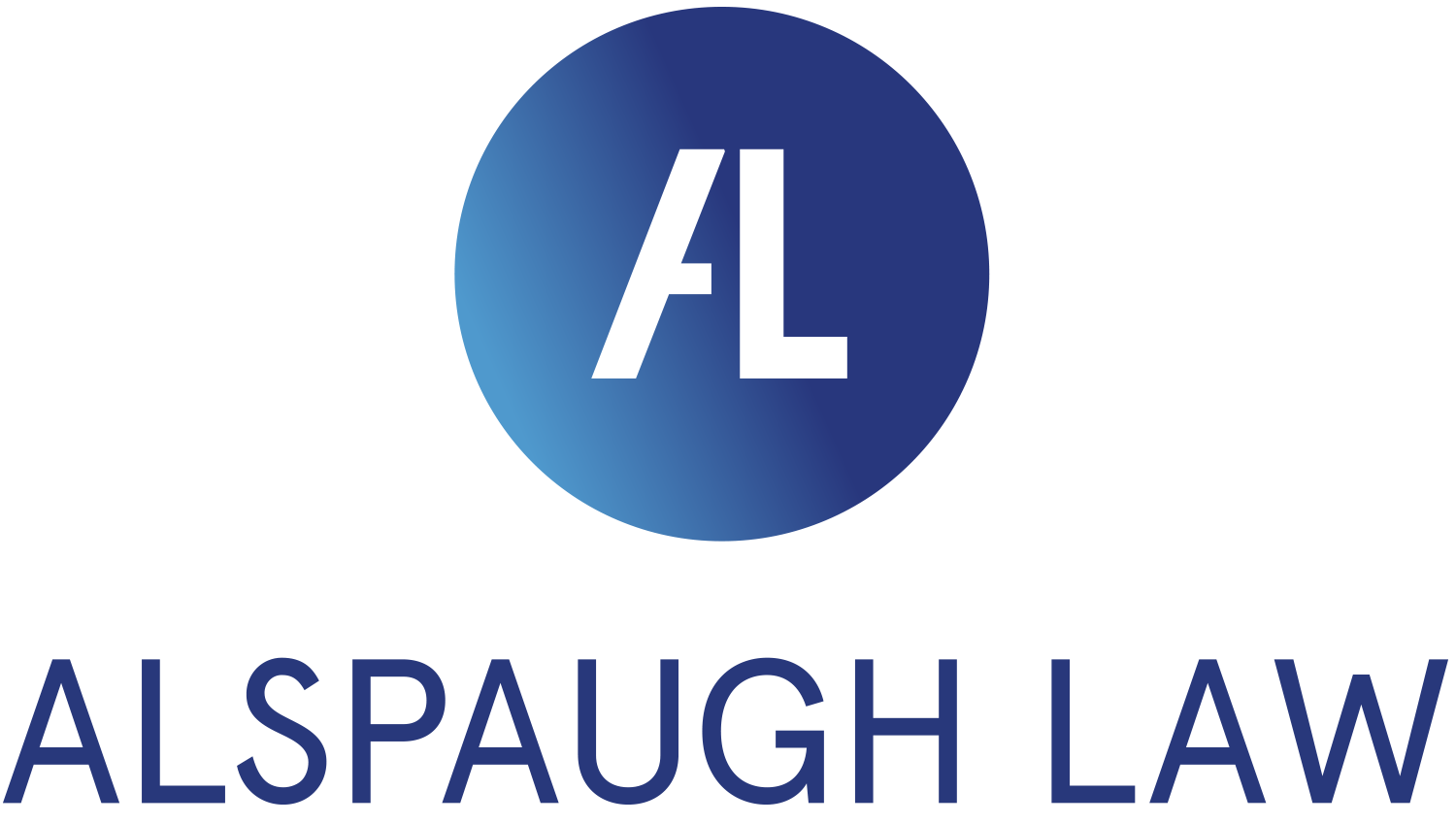FAQS
Alspaugh law
Frequently
asked Questions
Patent FAQs
Patent FAQs
A patent for an invention is a property right to the inventor issued by the United States Patent and Trademark Office (USPTO). The right granted is “the right to exclude others from making, using, offering for sale, or selling” the invention in the US or “importing” it into the US.
The property right is NOT the right to make, use, offer for sale, sell, or import, but the right TO exclude others from making, using, offering for sale, selling, or importing the invention.
Once a patent is issued, the patentee must enforce the patent without the aid of the USPTO.
There are three types of patents:
- Utility Patent: is granted for the invention or discovery of a new and useful process, machine, article of manufacture, composition of matters, or any new improvement. By far, most patent applications filed at the USPTO are utility applications.
- Design Patent: is granted for the invention of a new, original, and ornamental design for an article of manufacture.
- Plant Patent: is granted to the invention or discovery and asexually reproduces any distinct and new variety of plant.
Generally, the term of a new patent is 20 years from the date on which the application for the patent was filed in the US or, in some cases, from the date an earlier related application was filed, subject to the payment of maintenance fees. US patent grants are effective only within the US, US territories, and US possessions. Under certain circumstances, patent term extensions or adjustments may be available.
Steps to acquire a patent:
Step 1: Determine the type of Intellectual Property protection required.
Step 2: Establish if your invention is patentable.
Step 3: Identify the type of patent (utility, design or plant).
Step 4: Prepare your application.
Step 5: Submit your application and fees.
Step 6: Communicate with the examiner to ensure your application is complete, including all information necessary for the examination.
Step 7: Receive approval in the form of a Notice of Allowance.
Step 8: Maintain your patent by paying required maintenance fees.
For more detailed information on the patent application process, review the USPTO Patent Application Initiative Timeline.
Any person who “invents or discovers any new and useful process, machine, manufacture, or composition of matter, or any new and useful improvement thereof, may obtain a patent,” subject to the conditions and requirements of the law.
- “Process” is the process, act, or method; and primarily includes industrial or technical processes.
- “Machine” is the physical product.
- “Manufacture” refers to articles that are made, including all manufactured articles.
- “Composition of matter” relates to chemical compositions and may include mixtures of ingredients and new chemical compounds.
The statute includes practically everything made by man and the processes for making the products.
The patent law specifies that the subject matter must be “useful.”
- “Useful” refers to the condition that the subject matter has a functional purpose and also includes operativeness; a machine that will not operate to perform the intended purpose would not be considered “useful” and would not be patentable.
Interpretations of the statute by the courts have defined the limits of the field of subject matter that can be patented.
- The laws of nature, physical phenomena, and abstract ideas are not patentable subject matter.
- An idea or suggestion is not patentable.
alspaugh law
Free Consultation
Our Offices
Irvine
5151 California Ave #100
Irvine, CA 92617
(888) 868-2939
Aliso Viejo
26895 Aliso Creek Rd Ste #223
Aliso Viejo, CA 92656
(888) 868-2939
